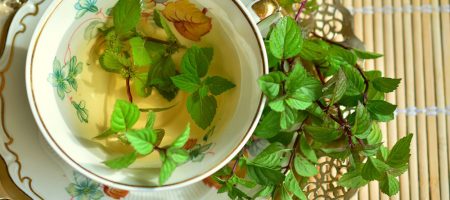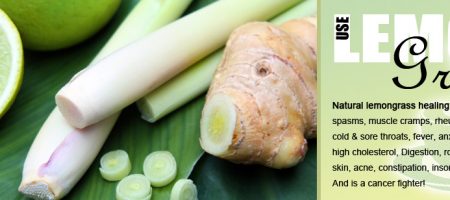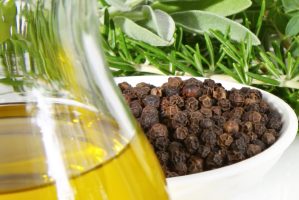The Mallow – The original Marshmallow
As the famous Witch in Snow White once said “Mallow, mallow on the ground, who is fairest town to town?” Okay, she didn’t quite say that, but in this report we will go through the facts and fairy-tales of the Mallow, otherwise known as Marshmallow! Wait, hold on, the little square white blocks of yumminess from the little farmers market down the street come from a wild and edible plant? Well, to answer that, YES, it does! Well, actually, the originally marshmallow recipe expired about 150 years ago, but that doesn’t mean that you can’t make your own at home. If you are anywhere in America that has the perfect habitat for mallows, it won’t matter what state you’re in. Mallows grow all across America.
Although the common mallow is not your ordinary wild edible food, it has some of the most curious edibility parts than any other plant. You can eat the young leaves, flowers, green fruits, and the brown seeds. One of the things that makes mallow so cool, is that this plant grows not only in freshly disturbed ground, but in much harder soil that is every-so-often softened by rains and the overflowing of brooks and springs. The mallow has not been confirmed to be annual, or perennial. Sometimes the roots do make it th
rough the winter frosts and the cold months to grow back up in the spring. This is a very confusing, but totally awesome plant. You can do many things with mallow. The young shoots and greens can be eaten raw or cooked. They have a mild common green-leaf flavor to them. Much like lettuce, which is why they can be used as a replacement in any lettuce-wanted recipes. If you want to eat them raw, they are best mixed with other greens in salads, they are also good added to sandwiches. : The flowers are also edible, the only things is they are quite small with very little flavor. You can also add them to salads or to garnish cakes and cookies because the flavor is so little. After being collected, put the flowers immediately into cold water, it will help keep them open till you are ready to use them. Like many other wild roses, you can use the mallow flowers to make a tea. 3 tsp for every 4-ounce.
This tea is medicinal, and can be used to ease that sore throat, or even digestive tract.
The fruit are relatively appeasing, and most kids love them. They are bite-sized, easy to collect, good flavored, easy to throw, small and cute, and rather enjoyable. You can snack on a well producing plant for about twenty minutes till you run out. The fruit are also used to thicken soups and gravies, even meat sauces. Instead of using the common corn starch, try using mallow. It works just as well, and doesn’t affect the flavor at all! : The roots are somewhat ivory-colored. They also have a carrot like shape to them. The mallow root is too fibrous to use, and they do not thicken anything very well. You cannot eat them as a vegetable because they are way too tough by the time they are actually big enough to give something.
There are many thing you can make with the fruit. Marshmallows, Mallowmallow, Mallow Meringue, even Mallow whipped cream! You can collect about one cup per hour, which can then be used to create mallow whites.
How to make Mallow Whites
For every ounce of raw pressed mallow fruits, use 3 ounces of water. Pour water into a pot that is tall. Cover and bring to boil on high heat. Boil the peas till the total contents are reduced by about half. You must give careful attention or the liquid will evaporate and your pot will burn. Test the liquid for the proper consistency using the spoon test. keep boiling. If it is thick like a glob, it is done. Strain the peas from the juice. (Over a bowl or something to catch the peas in. That’s what you’re using to make the mallow whites!) Allow the juice to cool to room temperature. You can eat the peas like regular peas or add as a side dish, but they can no longer be used as a thickener.
From this point, you can start using the mallow juice to make the whipped cream, but the recipe requires a raw eggs. SO if you are a little squeamish about eating raw eggs, this recipe is not for you.
Mallow Whipped Cream/Or Meringue
INGREDIENTS:
1 egg white (room temperature)
1/4 tsp cream of tartar
1/2 cup mallow whites (at room temperature)
1/2 cup sugar (Baker’s or ultra-granulated)
1 tsp vanilla extract (optional)
DIRECTIONS:
Whip the egg white at high with a hand beater until it is at the soft peak stage. Continue whipping through all the following stages until ready for use. Sprinkle in cream of tartar. Gradually pour in small amounts of Mallow whites. Doing it in big amounts to fast will hinder mixing well. Once mallow is mixed fairly well sprinkle in vanilla extract and continue whipping until the foam is stiff, but not dry.
This recipe can also be used as a meringue for a pie, which is not as weird with a raw egg.
This recipe can be found in the book “Edible Wild Plants, wild foods from dirt to plate” by John Kallas, PhD.









